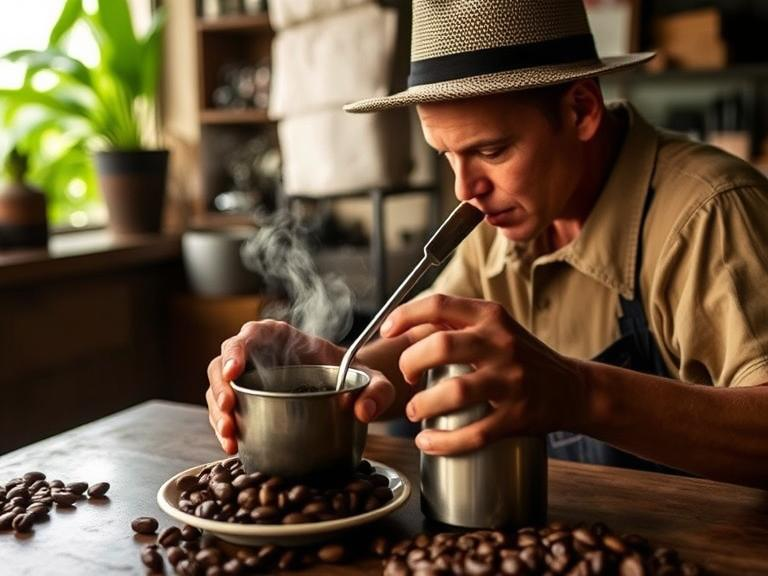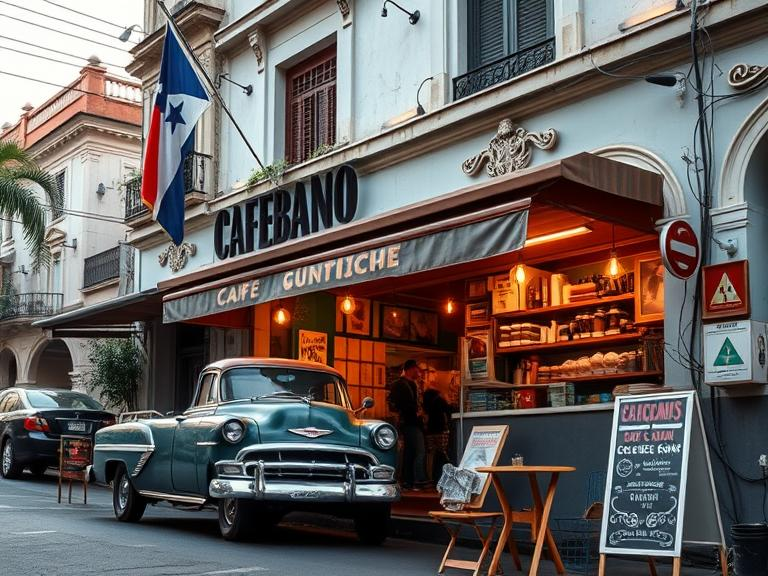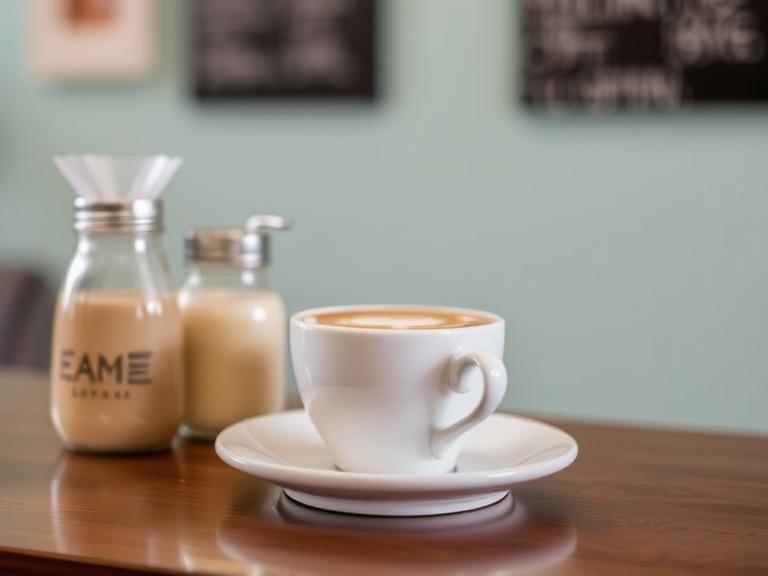Introduction
Cuban coffee, known for its bold and rich flavor, holds a special place in the world of coffee lovers. One of the most iconic Cuban coffee drinks is the Cafe Cubano.
Also Read: Making a Cafe Cubano – A Brief History of Cuban Coffee
But what exactly is it, and how did it become so popular? Let’s dive into its fascinating history, how to make it, and why it remains a cherished tradition.
A Brief History of Cuban Coffee

Cuba Used to Be a Coffee-Producing Powerhouse
In the past, Cuba was one of the leading coffee producers in the world. The country’s fertile soil and ideal weather conditions made it perfect for growing coffee beans.
The Start of an Incredible Industry
The first coffee plant was introduced to Cuba in 1748 by Jose Antonio Gelabert. However, it wasn’t until 1791, when French colonists fleeing the abolition of slavery arrived, that the coffee industry truly flourished. These settlers brought advanced farming techniques that improved coffee cultivation.
Early plantations were established near Havana, specifically in Wajay. Later, plantations expanded to the Sierra Maestra Mountains and Guantanamo. By the 19th century, Cuba’s coffee industry became a key part of its economy, with over 171 historic plantations.
The Cuban Revolution and Its Impact
In 1953, the Cuban Revolution began, aiming to redistribute wealth and eliminate government corruption. By 1959, the revolution succeeded, and Cuba became a communist state. Unfortunately, this shift led to the nationalization of industries, including coffee.
The U.S. embargo on Cuban exports in 1962 further hurt the coffee industry. Despite initial support from the USSR, Cuba’s coffee production plummeted. By 2007-2008, the country managed to produce only 7,000 bags of coffee compared to the hundreds of thousands produced before.
Cafe Cubano: A Symbol of Resilience

Where Does Cafe Cubano Fit In?
The Cafe Cubano became a staple during times of coffee scarcity. The state rationed food and coffee, allowing only 4 ounces of coffee per person every 30 days. This limitation influenced the size of the Cafe Cubano—a small but strong shot of espresso brewed in a Moka pot.
Why Is Demerara Sugar Used?
Due to rationing, Cubans had limited access to refined sugar. Demerara sugar, an unrefined variety with large crystals, became a popular choice. When brewed with coffee, it created a sweet crema that mimicked the richness of traditional espresso drinks.
Making Your Own Cafe Cubano

Equipment
- Moka pot
- Small coffee cup
Ingredients
- Freshly ground Cuban-style coffee
- 1-2 teaspoons of Demerara sugar
Instructions
- Fill the bottom chamber of the Moka pot with water up to the valve.
- Add finely ground coffee to the filter basket, leveling it off without pressing.
- Assemble the Moka pot and place it on medium heat.
- As the coffee starts brewing, collect the first few drops and mix them with the sugar in a cup.
- Whisk the sugar and coffee until it becomes creamy.
- Pour the rest of the brewed coffee over the mixture.
- Serve immediately and enjoy.
Frequently Asked Questions
What makes Cafe Cubano different from regular espresso?
Cafe Cubano is brewed with sugar mixed directly into the grounds, creating a unique sweet crema.
Can I use regular sugar instead of Demerara sugar?
Yes, but Demerara sugar provides a richer, more authentic taste.
What type of coffee is best for Cafe Cubano?
Dark-roast Cuban-style coffee is ideal, but any strong espresso blend will work.
Is a Moka pot necessary to make Cafe Cubano?
While a Moka pot is traditional, you can use an espresso machine if you have one.
How strong is Cafe Cubano?
It’s very strong, similar to a traditional espresso shot but sweeter.
Conclusion
Cafe Cubano is more than just a coffee drink—it’s a symbol of Cuban history, culture, and resilience. Despite economic and political challenges, Cubans have preserved this cherished tradition.
Also Read: Making a Cafe Cubano – A Brief History of Cuban Coffee
By making your own Cafe Cubano at home, you can enjoy a taste of this rich history and celebrate the enduring spirit of Cuban coffee lovers.

